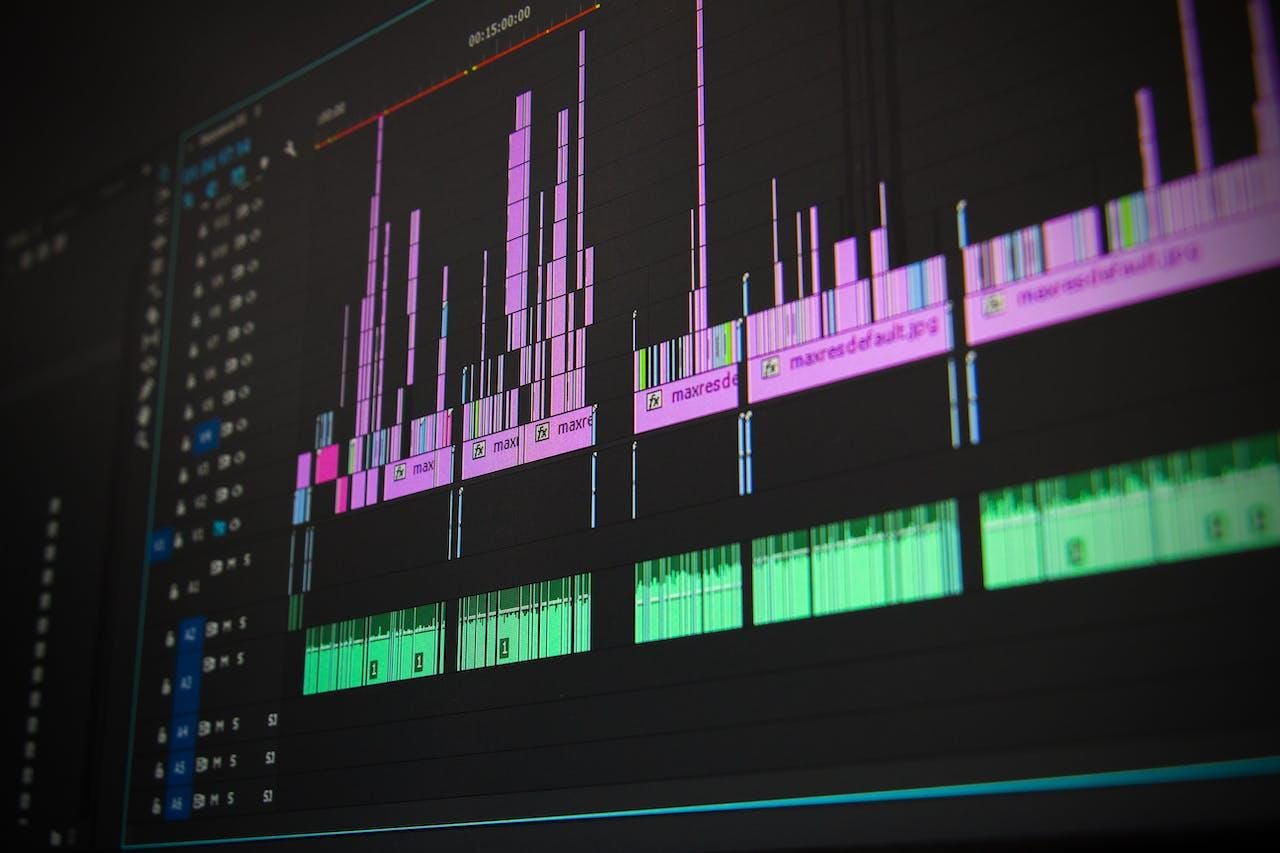
In today’s digital era, where videos and podcasts are becoming as common as text on websites, the quality of your site’s audio can significantly impact user experience. Whether you’re running a blog, a business site, or a digital portfolio, incorporating clear, engaging, and high-quality audio can set you apart from competitors and keep your audience coming back for more. But how exactly can you elevate your website’s audio game? Let’s dive into some practical tips to enhance your site’s sound without getting lost in technical jargon.
Invest In Quality Equipment
Investing in high-quality recording equipment is foundational to producing clear and engaging audio content. A good microphone is the cornerstone of this investment. Microphones with a cardioid pickup pattern are highly recommended because they focus on the sound coming from in front of the microphone, minimizing background noise. This feature is crucial for creating professional-sounding recordings in less-than-ideal environments.
A pop filter is another small but essential piece of equipment. It prevents plosives, the popping sounds that occur when pronouncing words with hard “p” and “b” sounds, from distorting your audio. These simple tools can drastically improve the clarity of your speech, making your content more enjoyable for your audience.
Provide Transcripts For Accessibility

Offering transcripts is not only a best practice for accessibility but also enhances the overall user experience. With audio and video transcription services, such as those offered by TauRho Transcribes, you can convert your audio content into text, making it accessible to a wider audience, including those who are deaf or hard of hearing.
Transcripts also benefit users who prefer reading to listening or those in situations where listening to audio isn’t feasible. Additionally, providing text alternatives to your audio content can improve your website’s SEO, as search engines can index the text and make your content more discoverable.
Optimize Audio Files
The technical aspect of optimizing audio involves understanding bit rates, file formats, and compression methods. A higher bit rate usually means better sound quality but results in larger file sizes. For spoken content, a bit rate of 128 kbps often strikes a good balance between quality and file size. For music or high-quality recordings, 256 kbps or higher is preferable.
Choosing the right file format is also important. While MP3 is widely supported and offers good compression, AAC files can provide better sound quality at the same bit rates. Experiment with different formats and compression settings to find the best combination for your website’s needs without sacrificing page load times.
Use Background Music Wisely
Background music should enhance, not distract from, your primary content. The key is selecting music that complements the tone and pace of your audio. It should be subtle enough to stay in the background, acting as a mood enhancer rather than the main focus.
Volume control is critical. The background music should be noticeably quieter than the main audio content to avoid overwhelming it. Using audio editing software, you can adjust levels to ensure the music supports rather than competes with your message.
Improve Your Recording Environment
Your recording environment can have a significant impact on the quality of your audio. To minimize echo and background noise, record in a small, carpeted room with plenty of soft furnishings. These materials absorb sound, reducing reverb and creating a cleaner recording.
For those serious about audio quality, consider investing in soundproofing materials or professional acoustic panels. These can dramatically reduce outside noise and internal echoes, providing a pristine recording environment.
Regularly Test Your Audio

Regular testing is essential to maintaining high audio standards. Listen to your recordings on different devices, including headphones, car speakers, and phone speakers, to ensure consistent quality across various playback scenarios. Pay attention to volume levels, clarity, and any background noises that may be distracting.
Getting feedback from others can also provide valuable insights into your audio’s performance, helping you identify issues you might have missed.
Embrace Audio Editing Software
Audio editing software is a game-changer for improving sound quality and overall listener experience. These tools allow you to cut out mistakes, reduce background noise, and adjust levels for a polished final product. For beginners, free software like Audacity provides a comprehensive set of features to get started with audio editing. More advanced users might consider professional-grade software like Adobe Audition, which offers a wider range of tools for detailed editing and sound manipulation.
Editing isn’t just about removing errors; it’s an opportunity to enhance your audio’s dynamics. Use equalization (EQ) to balance the tone, making your audio clearer and more pleasant to listen to. Compression can also be useful, especially for leveling out the volume and ensuring consistency throughout your recording.
Enhance User Experience with Interactive Audio
Interactive audio can significantly elevate the user experience on your website. This can include anything from clickable sound bites to audio narratives that users can control. For example, incorporating a podcast player directly on your site allows visitors to select and play episodes without leaving your page. This level of interactivity keeps users engaged and encourages them to explore more of your content.
Consider the role of sound in user interface design. Audio feedback for actions like clicking a button or completing a form can be satisfying for users and provides immediate feedback on their interactions. These audio cues should be subtle and not disrupt the overall experience.
Streamline Audio Content Delivery

To ensure your audio loads quickly and plays smoothly on all devices, it’s crucial to optimize your website’s performance. This includes choosing the right hosting solution for your audio files. Dedicated audio hosting services can handle large files and high traffic volumes, reducing the load on your website server and improving page speed.
Content Delivery Networks (CDN) are another key component of efficient audio content delivery. CDNs distribute your audio files across multiple servers around the world, ensuring that users download them from the closest location. This significantly reduces loading times, especially for audiences in different geographical locations.
Monitor And Respond To User Feedback
User feedback is invaluable for continuously improving your website’s audio experience. Pay attention to comments and suggestions from your audience regarding the audio quality, content, and usability of your player. This feedback can guide your optimizations and ensure your audio meets your audience’s needs and preferences.
Implementing a simple feedback form or survey on your website can facilitate this communication. Additionally, monitoring social media and analytics can provide insights into how users interact with your audio content, helping you identify popular topics and potential areas for improvement.
Conclusion
Improving your website’s audio might seem daunting at first, but by following these tips, you can significantly enhance your user experience. High-quality audio not only makes your site more engaging and professional but also reflects your commitment to providing valuable content to your audience. Remember, the goal is to create an immersive and accessible environment that keeps visitors coming back, and great audio is a key component of that experience.
Additionals:






